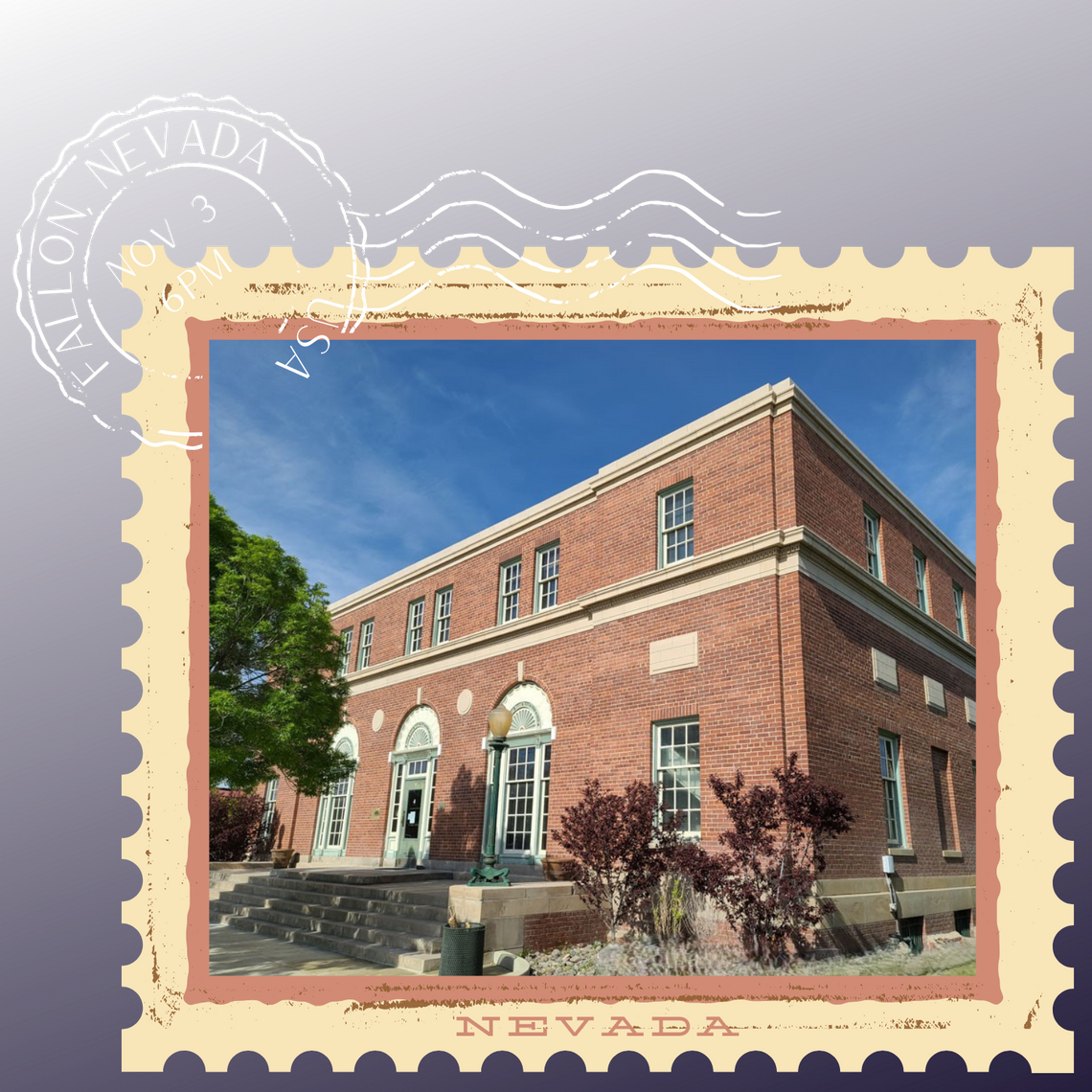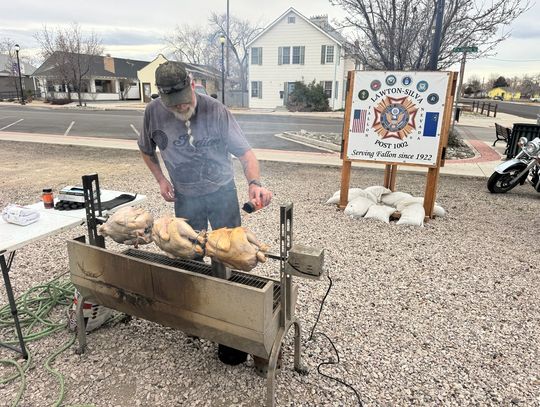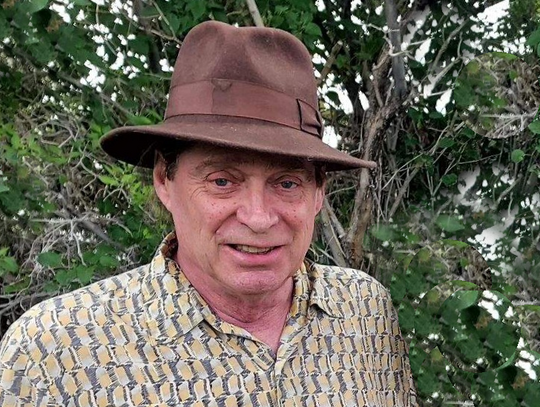According to longtime Stillwater resident, Ron Lawrence, it was quite an occasion when electricity came to his family ranch. In 1927, influential Fallon businessman, Ira Kent, decided to move his alfalfa mill away from the heart of the town to nearby Stillwater. He needed electricity to power it. Kent commissioned Fred Kirn to install the poles and negotiated with the Truckee Carson Irrigation District to provide electricity, which was (and still is) generated at Lahontan Dam.
The Stillwater residents were lucky beneficiaries of Kent’s project, and many ranchers and their wives made plans to power their homes the modern way. Lawrence’s grandmother, Eva Edwards Lawrence, was among them. She had a sister in California who was married to an electrician, she asked him to journey to the Lawrence ranch to wire the house. Eva’s first new electric purchase was a kitchen stove—burners on top, oven below, light green in color, with white trim.
Eva was at the forefront of the movement to replace coal, wood or gas stoves with an electric model. The first patent for an electric stove was awarded in 1896, just 31 years before Eva purchased hers. The world’s first cookbook for electric stoves was issued in Australia in March 1907, entitled “Thermo-Electrical Cooking Made Easy.” Still, electric stoves caught on slowly and sales were sluggish in the United States until the 1930’s. There were many reasons for the delayed acceptance: electricity was expensive compared to wood, coal, or city gas; temperature regulation of the burners was unreliable; and heating elements were short-lived. That said, Eva, according to Ron, loved her new stove.
She had never been averse to the toil of pioneer life, but it is no surprise that she embraced the idea of cooking all summer in a cooler kitchen. According to an article published in “In Focus” (1995-1996) and co-written by Ron’s sister Marcia Ernest and Judy Pritchard Dial, Eva was born in Missouri in 1895 but later moved to New Mexico for health reasons and to teach school. She became a nurse there as well and met Charlie Lawrence of Stillwater via correspondence initiated by mutual friends. They conducted a “paper romance” beginning in October 1919, not meeting in person until she undertook a trip to Nevada in May 1920. Their letters to one another are a fascinating study in testing romantic waters through words only. They are formal and carefully worded. He writes, “I believe I told you that I am 49 years old, but if I do say it myself I am more like a fellow that is 40, both in looks and in my ways.” After he received a photograph from Eva, he wrote, “Thank you much for it. Also think you (to be) a very nice looking young lady.” Her letters back to him included her thoughts that, “I was in poor health when I came here and am now strong and well so I have a good reason for liking the West.” She also wrote, revealingly, in February 1920, “It is Sunday and a very lonesome day.”
Eva arrived in Stillwater in the late spring of that year. She and Charlie must have both liked what they saw, as the two were married in Fallon on July 10, 1920, in the Methodist Church. Ernst and Dial wrote, “No sooner were the two married than Eva was hard at work performing the many chores she, as a farmer’s wife, would be expected to do. There were eight men to cook for three times a day as the haying crew moved into Charlie’s place….” The stove, arriving seven years later, must have seemed like a well-earned reward.
Eva Lawrence was still cooking on that stove when Ron was born in 1943. By then, Charlie had passed away (in 1929), leaving her to raise Dale, Ron’s father. Ron still remembers her tasty pies, especially lemon meringue and chocolate meringue, baked to perfection in her electric oven. She moved from the Stillwater ranch to Fallon in 1957 and died there in 1978 at the age of 83.
Please send your stories and ideas for stories to [email protected].










Comment
Comments